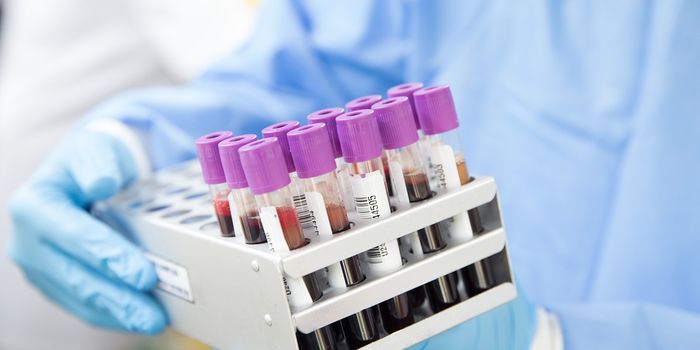Midlife Prostate Screening Could Predict Future Cancer Risks
Prostate cancer screening remains an effective way to detect for the presence of the cancer in men. And this study suggests that it’s not just older men who need the screening – younger men need to do it too, and they may actually benefit more from earlier screenings.
Measuring the level of prostate-specific antigen (PSA) is a minimally invasive method to predict cancer risks. However, tests that use this biomarker have been criticized for its diagnostic power. PSA levels for healthy men are usually less than 4 nanograms per milliliter (ng/mL) of blood. However, having more or less PSA than that range doesn’t guarantee cancer or no cancer, respectively. Furthermore, PSA level cutoffs are not standardized, which contributes to increased cases of false negatives and false positives. As such, PSA tests can sometimes result in unnecessary biopsies.
Now a study reports that a single reading of PSA levels in younger men may help doctors narrow down the risks of prostate cancer in later life.
"We found a single baseline PSA-level measurement during midlife could accurately predict future risk of lethal prostate cancer," said Mark Preston, a physician at Brigham and Women’s Hospital Division of Urology, and first study author "These data identify subgroups of men, based on their PSA levels at a given age, who could benefit from screening intervals tailored to their actual magnitude of risk."
Using data and samples from a cardiovascular study that began in 1982, the team extracted information from 234 men who were diagnosed with prostate cancer and 711 men who were healthy controls. The men were between 40 and 59 years old at the start of the trial. And with a single measure of PSA at this time point, the team said that they can accurately predict the risks of prostate cancer for the men later in life.
For men whose baseline PSA was above median (i.e., greater than 1.0 ng/ml) at age 40 to 49, nearly 82 percent went on to develop prostate cancer in later life. Conversely, men of 60 years old whose tests reveal PSA levels of less than the median were least likely to develop prostate cancer.
"These data support the recommendation that risk-stratified screening for prostate cancer based on mid-life PSA should be considered in men aged 45 to 59," said Lorelei Mucci, senior study author.
However, the authors are quick to point out that screening interventions should not be taken to the extreme for young men. "Our study does not imply prostate biopsy or definitive treatment is immediately required in younger men with higher PSA levels at baseline, as this could lead to over diagnosis. Rather, these men should undergo more intensive PSA screening to enable earlier identification of cancer and potential cure while still possible."
Prostate cancer represents a huge health risk for half the world’s population, as it is the most common form of cancer in men, second only to skin cancer. Current treatments for the disease involve radiation and chemotherapy aimed at the cancer cells in the prostate, or surgical removal of the prostate itself. For 2016, the American Cancer Society estimates over 180,000 new prostate cancer cases. Given these alarming statistics, men should not hesitate to ask their doctors for a prostate cancer screen.
Additional source: Brigham and Women's Hospital press release









